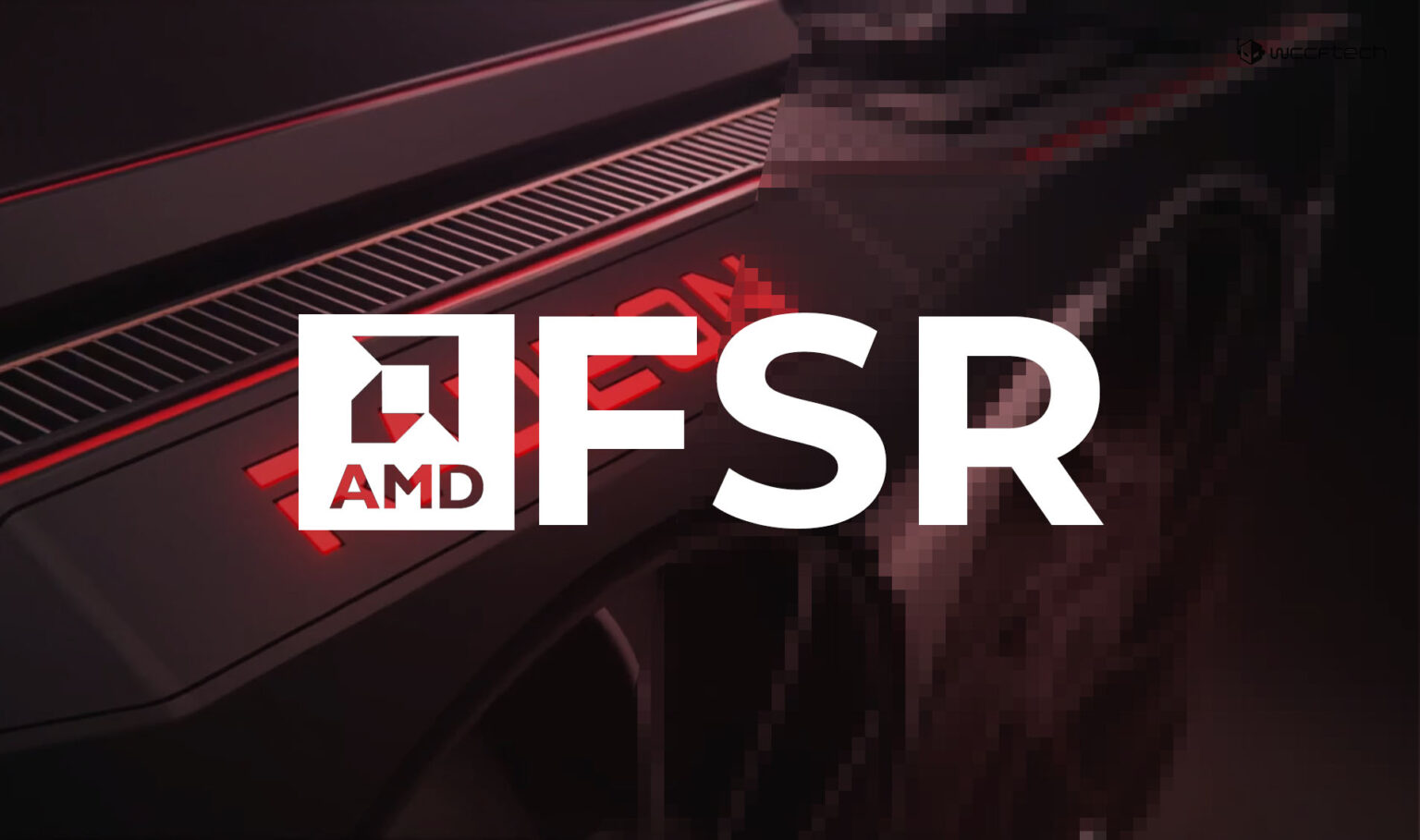
In the ever-evolving landscape of gaming technology, several innovations have emerged to enhance our gaming experience, making games look better without demanding more from our hardware.
Among these, Radeon Super Resolution (RSR), FidelityFX Super Resolution (FSR), Fluid Motion Frames (FMF), and Deep Learning Super Sampling (DLSS) stand out.
This blog aims to demystify these technologies, breaking down their functionalities, differences, and the pros and cons of each.

RSR is AMD's non-AI based upscaling technology integrated into the driver.
It works by taking each frame at a lower resolution and upscaling it to a higher resolution.
This can be applied to any game running in fullscreen mode at a resolution lower than your screen's.
To activate RSR, simply set your game to fullscreen and adjust the game's resolution to be lower than your operating system's resolution.
RSR will then upscale the game's resolution to match your screen's.
FSR, also from AMD, is a non-AI upscaler that needs to be integrated into games by developers.
It uses additional information from the game to upscale a lower resolution image to a higher one more intelligently than RSR, typically resulting in better image quality.
However, it requires game integration to function.
To use FSR, you just need to enable it in the game's settings, with no external adjustments necessary.
Nvidia's answer to upscaling is DLSS, an AI-based technology that also requires integration into games.
It uses AI models, rather than handcrafted algorithms, to upscale images, relying on similar game information as FSR for intelligent upscaling.
DLSS is exclusive to Nvidia GPUs and offers superior upscaling quality but at the cost of hardware exclusivity.
FMF is AMD's driver-level, non-AI frame generation technology.
It works by creating a transitional frame between two existing frames, aiming to produce smoother gameplay.
FMF is compatible with any DirectX 11+ game, but it has specific requirements, such as running the game in fullscreen mode without overlays and with VSync turned off.
Nvidia's DLSS 3 Frame Gen is an AI-based frame generation technology similar to FSR 3 but exclusive to Nvidia's 40-series GPUs.
It provides high-quality frame generation by leveraging Nvidia's AI technology, though it shares the same hardware exclusivity limitation as DLSS upscaling.
Frame generators are generally more effective at higher frame rates (60 FPS+), as they can reduce input lag and improve overall image quality.
However, all frame generation technologies introduce some level of input lag because they require two completed frames to generate a third.
This lag is more pronounced at lower FPS due to the longer display time of each frame.
While the main attraction of the ROG Ally lies in its capacity to download and play games directly on the device, its Windows platform opens up even more possibilities.
With Xbox Cloud Gaming, you can effortlessly access a vast library of games.
Simply launch the Xbox app or navigate to Xbox.com/play using the pre-installed Edge browser, and you'll be streaming your favorite games in just a few moments.
The ROG Ally came out in July 13th 2023.
Yes
You can connect a controller to the ASUS ROG Ally
Yes
The ROG Ally has a 7-inch 120hz 1080p screen that is also a touch screen.
There is a Z1 Extreme ROG Ally & a base Z1 ROG Ally.
We have a guide telling you the differences between the ROG Allys.
The ROG Ally can emulate the PS2, PS3, Xbox Series X, Xbox 360, Xbox One, Nintendo Switch, PS Vita, PS5, & more.
Yup, it is pretty much a PC.
Just connect your dock of choice or connect to the ROG Ally via bluetooth with all your accessories and start doing work or gaming!
A few simple steps will let you.
With some caveats...
Use the control center button on the left side of the ASUS ROG Ally and change the operating mode to Turbo when your ROG Ally is plugged in.